This article was co-authored by Alyssa Chang and by wikiHow staff writer, Hunter Rising. Alyssa Chang is a nutrition coach and trainer, based in the San Francisco Bay Area. She uses her extensive background in brain-based neuroscience to work with clients on improving their connections with their brain and body to heal, reach goals, and move pain-free. She holds a BS in Kinesiology and Exercise, Nutrition and Wellness from the California State University, East Bay and is certified in Precision Nutrition, Z-health Performance and is certified by the National Council for Strength and Fitness.
There are 10 references cited in this article, which can be found at the bottom of the page.
wikiHow marks an article as reader-approved once it receives enough positive feedback. In this case, several readers have written to tell us that this article was helpful to them, earning it our reader-approved status.
This article has been viewed 321,796 times.
Dry fasting eliminates all food and water from your diet to help cleanse your body. A dry fast that lasts 1 day causes you to eliminate the same amount of water weight and toxins in your body as a 3-day water fast. However, it is potentially dangerous to cut food and water from your diet since it can cause exhaustion and dehydration. Consult with your doctor to make sure it's safe for you before you start!
Steps
Planning a Dry Fast
-
1Try a water or juice fast first to build up to a dry fast. It may shock your system if you try to start immediately with a dry fast. A water fast allows you to drink water throughout the day, while a juice fast lets you drink fruit and vegetable juice. Pick 1 day to commit to either a juice or water fast to see how your body handles it, followed by a day where you eat normally. You can alternate days where you eat normally with fast days. After doing a 4-5 water or juice fasts, then you can start a dry fast if you feel comfortable.[1]
- Consult with your doctor before you start fasting to see if it will affect any other medical conditions you may have.
-
2Choose a soft dry fast if it's your first time. A soft dry fast allows you to come in contact with water, like taking a shower, washing your hands, and brushing your teeth. Start with a soft dry fast if you've never done any other dry fasts before. This way, you're less likely to get dehydrated since your skin absorbs the moisture.
- If you've done soft dry fasts before, you can attempt a hard dry fast where you don't allow any water in or on you. Only do a hard dry fast if you feel comfortable with it.
Advertisement -
3Eat a meal with omega 3 fatty acids and salt before you start. Choose foods that have healthy omega 3 fats, such as mackerel, salmon, and avocados. These foods break down slowly so you don't feel as hungry when you start fasting. Add an extra 1 tsp (5 g) of salt to the last meal before your fast to help your body retain vitamins and minerals that promote healthy functions. Otherwise, your body may naturally get rid of them while you're fasting.[2]
- You may also try a fish oil supplement right before you start your fast so your body can break it down as you start.
Tip: Start your fast after dinner so you can spend the first few hours of your fast sleeping.
Completing the Dry Fast
-
1Stop eating and drinking for 16-24 hours. Dry fasting can take a toll on your body since it's not getting any energy from food or drinks. If you want to do a dry fast, only try it for a day at a time with at least 2 regular eating days after. This helps you set an easily achievable goal and protects your body from getting too dehydrated.
- While others have dry fasted for 3 days or more, avoid doing any fast longer than 24 hours since it could lead to dehydration.
-
2Do low-energy activities during your fast. Since you're not drinking any fluids or eating food, you may feel less energetic than usual. Stick to calming activities, such as yoga, meditation, or just relaxing at home to distract yourself from your hunger and thirst. Engage in light exercises, such as walking around the block or dumbbell curls with low weights, if you feel the need to.[3]
- Try journaling how your body feels to log your experiences with the fast to help as a distraction.
Tip: Avoid strenuous exercises since you'll lose a lot of water through sweating and could dehydrate easily.
-
3Rest if you're feeling tired. It's natural for your body to feel tired during a dry fast, so sleep to pass the time. Sleeping can help curb any cravings you have and retain your energy. When you get out of bed, try doing some light stretches and walking around your home to wake up more. Take periodic naps throughout the day if you feel too exhausted.[4]EXPERT TIPAlyssa Chang is a nutrition coach and trainer, based in the San Francisco Bay Area. She uses her extensive background in brain-based neuroscience to work with clients on improving their connections with their brain and body to heal, reach goals, and move pain-free. She holds a BS in Kinesiology and Exercise, Nutrition and Wellness from the California State University, East Bay and is certified in Precision Nutrition, Z-health Performance and is certified by the National Council for Strength and Fitness.Wellness Coach & Personal Trainer

 Alyssa Chang
Alyssa Chang
Wellness Coach & Personal TrainerRemember to keep your health a priority. Your brain needs the fuel it gets from foods, especially if you live a fast-paced, stressful life. If you try out a dry fast and notice that you are feeling fatigued or unwell, take a break before you continue.
-
4Drink water if you feel dizziness or lightheadedness. Dizziness and lightheadedness are 2 common signs of dehydration, which can harm your bodily functions over time. If you notice a loss of balance or you're getting disoriented doing simple tasks, stop the dry fast and immediately drink water to rehydrate.[5]
- Other symptoms of dehydration include, but are not limited to, less frequent urination, dry skin, low blood pressure, and rapid heart rate. Break your fast immediately if you feel any of these symptoms.
Breaking Your Fast
-
1Drink 1 US pt (470 ml) of water immediately after your fast. As soon as you're finished with your fast, drink 1 US pt (470 ml) of water slowly. Take small sips from your glass so you don't overwhelm your system. Swish it around your mouth to coat it completely before swallowing. Once you finish the glass of water, avoid any other food or drink for another hour.[6]
- Drinking water rapidly after your fast can lead to bloating.
-
2Have 1 US pt (470 ml) of water every hour after you break the fast. Slowly reintroduce water back into your diet to rehydrate over time and prevent bloating. Take small sips and savor the water as you drink it. Continue having 1 US pt (470 ml) of water throughout the first few hours after your fast. As you drink, you'll start to feel more energetic again.
- After 3-4 hours, drink water as you normally would if you weren't fasting.
-
3Try small amounts of healthy food for the first day after your fast. Choose dried fruits, such as raisins, figs, and apricots, for a light snack. Make sure you have the portion size listed on the packaging so you don't overeat when your fast is finished. Continue eating only light snacks, such as unsalted nuts or a piece of fruit, for the rest of the day.[7]
- After about 1 day, you can start eating as normal.
-
4Avoid foods high in carbs and sodium for at least 2 days. Sodium and carbs can retain water and can reverse the weight loss from your dry fast quickly. Don't eat any cured meats, soups, sweets, or grains. Pick foods that are low in sodium, carbs, and fat for your first few meals. Only use light seasoning or no seasoning at all once you start eating normally. [8]
- For example, a plain cooked chicken breast with green vegetables is a great meal to have after your fast.
Warnings
- Always consult with a doctor before starting a dry fast to see if it's safe for you to complete.⧼thumbs_response⧽
- If you start feeling symptoms of dehydration, such as dizziness, lightheadedness, or a fever, quit the dry fast immediately and drink water.[9]⧼thumbs_response⧽
- Don't attempt to dry fast for longer than a 24-hour period.⧼thumbs_response⧽
- Dry fasting is not recommended as a long-term weight loss solution since it only eliminates water weight.[10]⧼thumbs_response⧽
References
- ↑ https://health.clevelandclinic.org/fasting-how-does-it-affect-your-heart-and-blood-pressure/
- ↑ https://www.merckmanuals.com/home/disorders-of-nutrition/overview-of-nutrition/carbohydrates,-proteins,-and-fats
- ↑ https://www.clevelandclinicabudhabi.ae/en/health-byte/pages/5-tips-for-more-energy-during-ramadan.aspx
- ↑ https://www.huffpost.com/entry/body-intermittent-fasting_l_5e0a3220c5b6b5a713b22dcb
- ↑ https://www.nhs.uk/conditions/dehydration/
- ↑ https://myhealth.alberta.ca/Health/aftercareinformation/pages/conditions.aspx?hwid=zc1341
- ↑ https://www.nhs.uk/live-well/eat-well/healthy-food-swaps/
- ↑ https://www.huffpost.com/entry/do-carbs-make-you-retain-water_n_61087603e4b0999d2084f40b
- ↑ https://www.hopkinsmedicine.org/health/wellness-and-prevention/intermittent-fasting-what-is-it-and-how-does-it-work
About This Article
To do a dry fast, don't eat or drink anything for 16-24 hours. Keep in mind that a dry fast can shock your system and cause exhaustion and dehydration, so it's a good idea to try an easier water or juice fast first to see how your body reacts. Also, avoid doing a dry fast for longer than 24 hours, and drink water if you feel dizzy or lightheaded. For more tips, like how to be safe during your dry fast, keep reading!



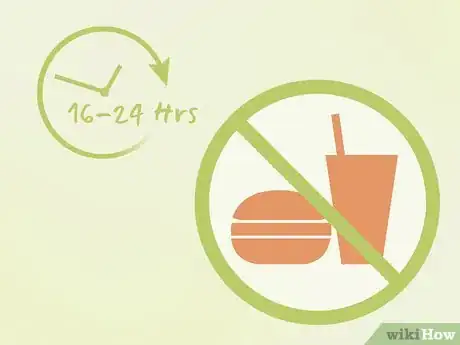
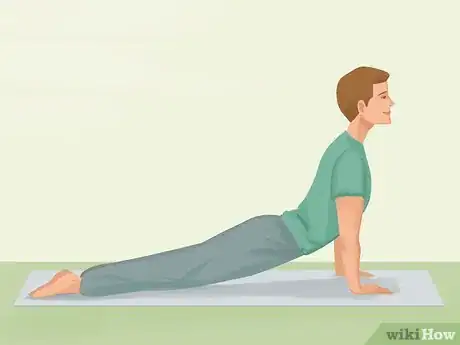




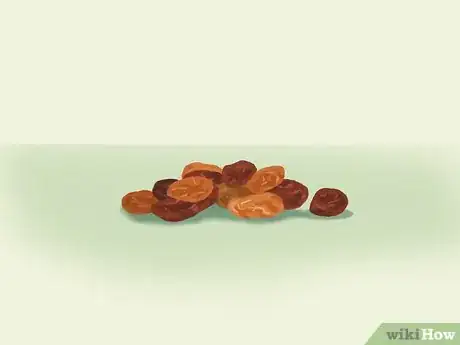


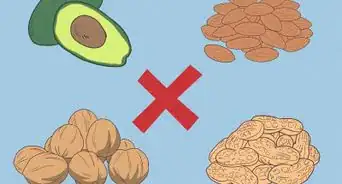
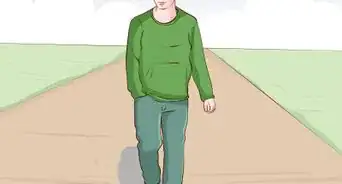
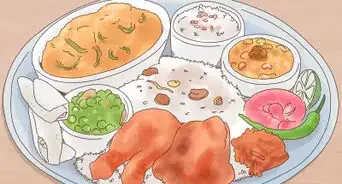


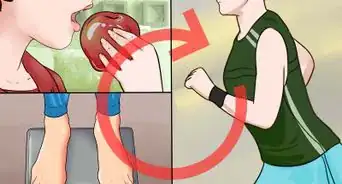

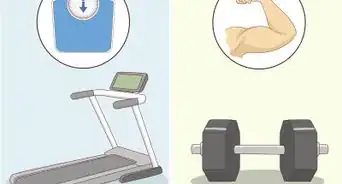

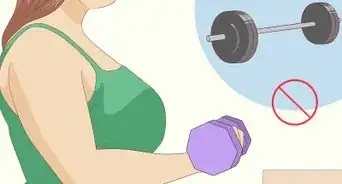

















































Medical Disclaimer
The content of this article is not intended to be a substitute for professional medical advice, examination, diagnosis, or treatment. You should always contact your doctor or other qualified healthcare professional before starting, changing, or stopping any kind of health treatment.
Read More...